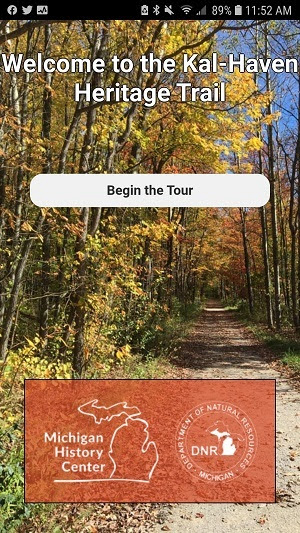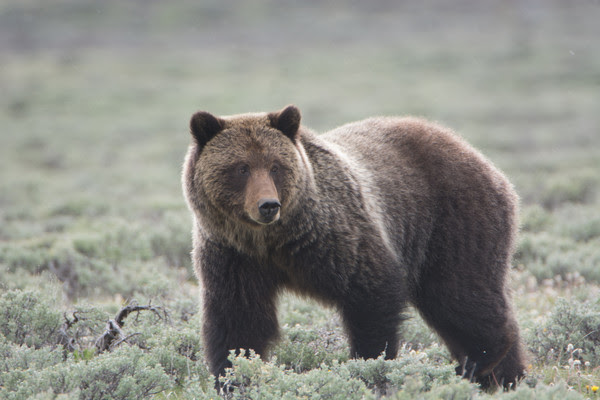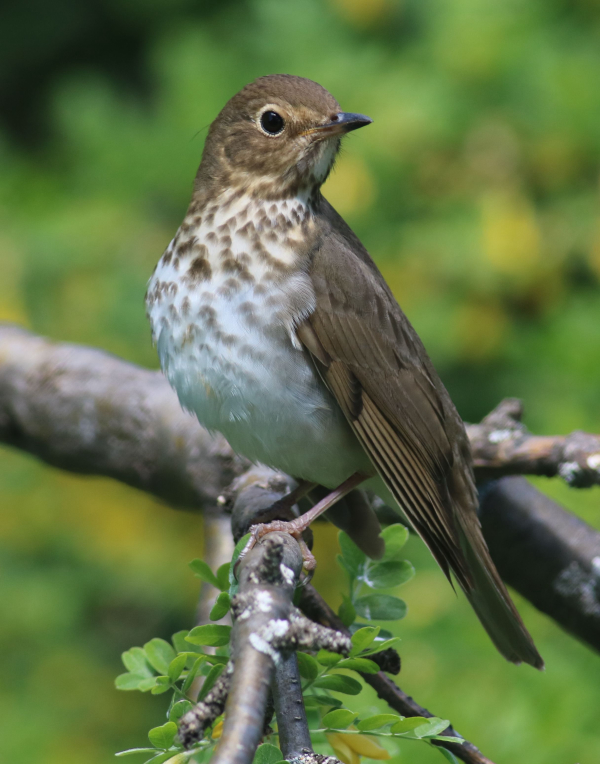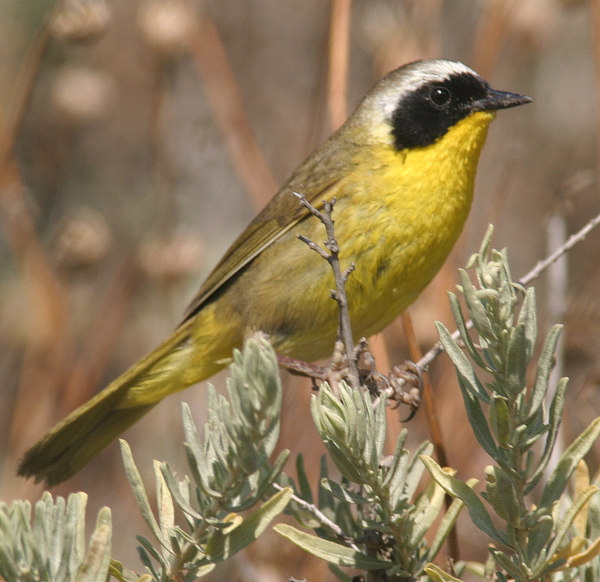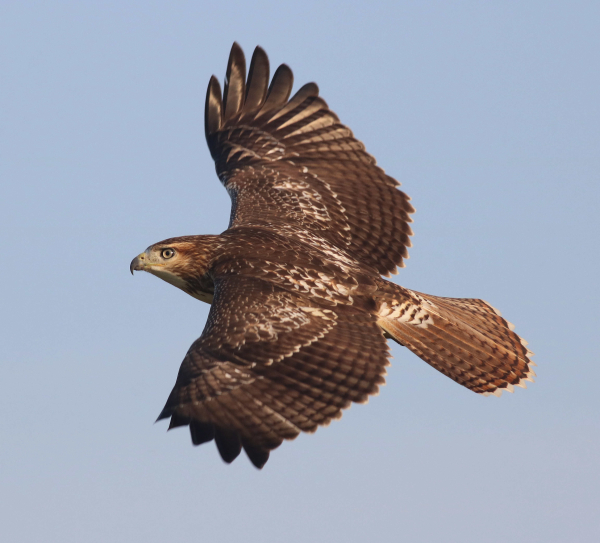By Glen Wunderlich
Charter Member Professional Outdoor Media Association
Michigan’s largest squirrel – the fox squirrel – is widely dispersed in the Lower Peninsula and throughout most of Eastern America with some exceptions. They are common inhabitants of farm country with broadleaf woodlots to suburban areas with large trees. They can become quite tame in city parks or where humans feed them – either voluntarily or otherwise; however, it is wise to treat them with caution, because they are still wild animals.
One particular whopper of a bushytail has become a regular visitor to one of my feeding stations and eats peacefully with the birds and rabbits.
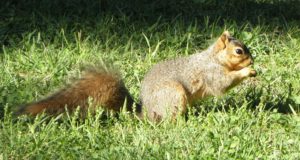
Adult Fox Squirrel Owns the Feed
Unlike some bird-watching enthusiasts, who may devise means to keep them from their feeders, I welcome them with seed scattered on the ground.
The particular hefty fox squirrel mentioned probably weighs close to three pounds but it can scurry up a tree in a split second. Recently, another fox squirrel came to the site, and when the “owner” of the fast food took notice, a furious chase began. Friendly? Tame? Try to tell that to the stranger that was just agile enough to make it to Genessee County with its tail between its legs.
Sometimes the tables are turned in the wild when foxes, dogs, hawks, owls, or humans are introduced into the equation. Other times fox squirrel nestlings and young squirrels become prey to opossums or raccoons. Red squirrels will also dominate areas where the two species intermix.
One trait often overlooked in squirrels is their keen sense of smell. On a walking trail in the dead of winter with approximately eight inches of snow on the ground, I noticed a hole neatly bored through the white ground cover; closer inspection revealed bits of a nut casing strewn about. They may not have the memory of elephants, but that sniffer makes up for it.
Squirrels will eat whatever is seasonal and available including insects, roots, mushrooms, fruit, buds, twig bark, bird eggs, small snakes, and of course nuts. Farmers know about their penchant for corn, as well, because of the damage caused in adjacent corn fields.
Breeding seasons are typically in June and December. Young ones are born without fur and are completely blind, thus rendered helpless and don’t open their eyes until about 40 to 45 days after birth. However, in a matter of just three months, they gain their independence and no longer are relegated to any stay-home commands.
Hunting them can be challenging – especially in the early September season when deciduous trees are in full leaf. But, find a lone hickory tree among the hardwoods and sit tight for some sure-fire action. Actually, anywhere oaks, walnuts, or beech trees are present, so too will be squirrels. A quiet, still morning or evening sit is certain to be interrupted by falling nut casings, as they are dropped through the leaves and onto the forest floor. And, that presents the perfect opportunity to move slowly and undetected, while they are preoccupied.
In Michigan, squirrels are largely an untapped renewable resource by hunters. But, if you want to introduce a youngster to the art of a good sneak in the woods with a .22 rimfire rifle, there’s no better way to do it.
